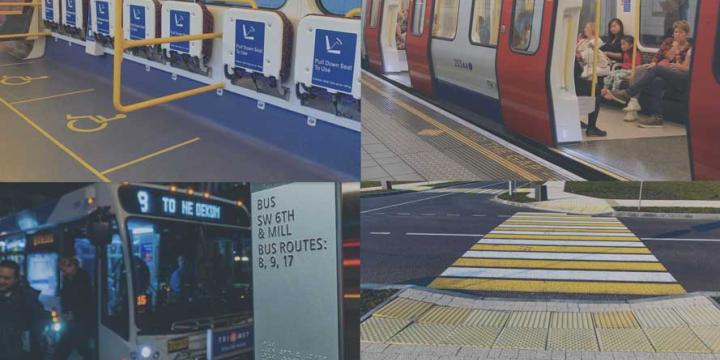Course Info
11 video lessons (59 Mins)
Published
2020Trending
-
4.47
Preview Course
Browse Course Chapters
-
1.Introduction
2 mins
-
2.What is Walkable Urbanism?
1 min
-
3.Why Aren’t We Getting More Walkable Urbanism?
5 mins
-
4.Project for Code Reform
5 mins
-
5.The Incremental Code Reform Methodology
3 mins
-
6.Introduction to Place
3 mins
-
7.Specific Places
9 mins
-
8.Introduction to Areas of Reform
3 mins
-
9.Form, Frontage, Streetscape, Use
14 mins
-
10.Impact of Incremental Code Reform
3 mins
-
11.Frequently Asked Questions
7 mins
Course Description
Zoning and codes represent the very DNA of communities. They dictate how tall buildings can be, where parking goes, and how much landscaping is required. But many zoning codes in the United States are outdated and don't reflect current conditions, and the process of updating zoning codes can be a complicated, expensive, and time consuming process.
The Congress for the New Urbanism’s Project for Code Reform streamlines the zoning code reform process by providing local governments with place-specific incremental zoning code changes that address the most problematic barriers to reform first, build political will, and ultimately create more walkable, prosperous, and equitable places. The Project for Code Reform accomplishes these goals while addressing the political, financial, and administrative realities of planners, elected officials, and planning commissioners. An incremental approach allows jurisdictions to set their own pace for zoning code changes, prioritize coding efforts, respond to the community’s vision and needs, and create opportunities for greater community learning and understanding.
In "Incremental Code Reform: Enabling Better Places," Congress for the New Urbanism President and CEO Lynn Richards and Placemakers LLC Principal Susan Henderson discuss walkable urbanism as well as incremental code reform methodologies that ensure context sensitive solutions. The course presents a series of solutions for rural, urban, and suburban contexts to allow planners to implement incremental improvements in their own localities.
The course concludes with answers to a series of frequently asked questions:
- Should all buildings be required to have mixed uses?
- How rigorous should we be as we write codes for accessory dwelling units?
- What is the impact of zoning code reform on displacement and gentrification?
Upon completion of this course, students will be able to assess the benefits and potential impacts of incremental code reform, and will be able to start the process of reforming outdated local codes and ordinances.
Learn these skills
- Land Use
- Pedestrian Planning
- Regulations
- Urban Design
- Walkability
- Zoning Codes
AICP CM
This course is available for 1 AICP CM credit.
AIA CES
This is 1 LU.CNU-A
SACPLAN CPD
This course is approved for 1 SACPLAN CPD point.




























